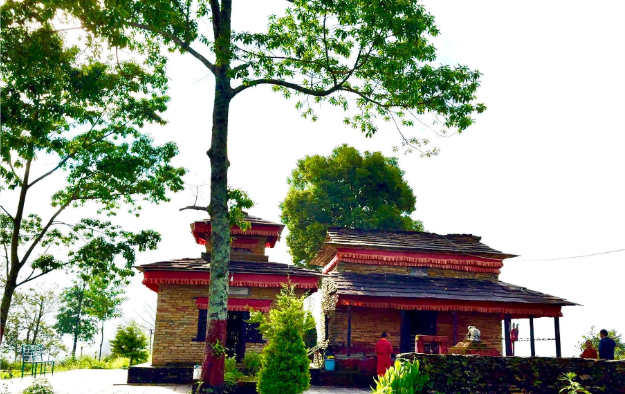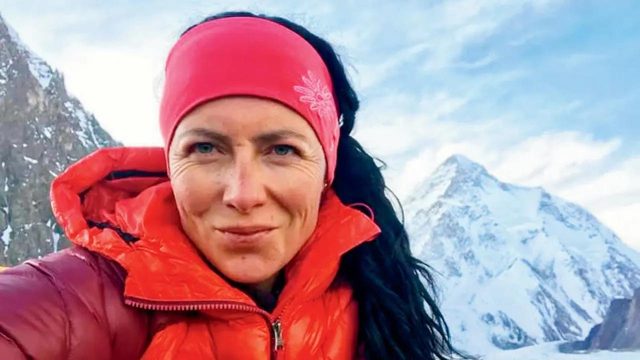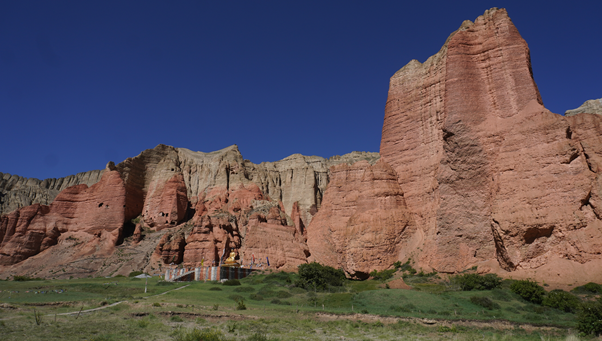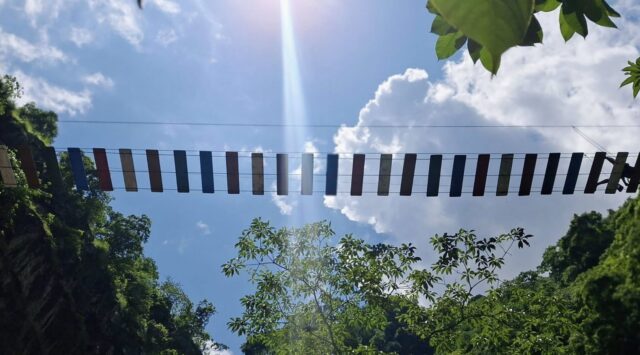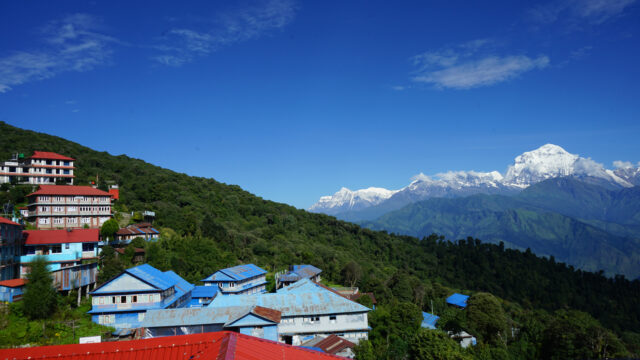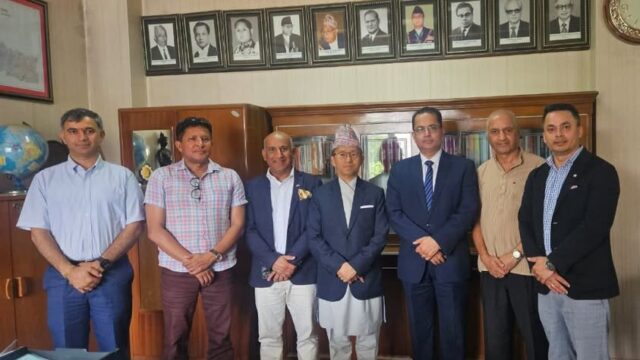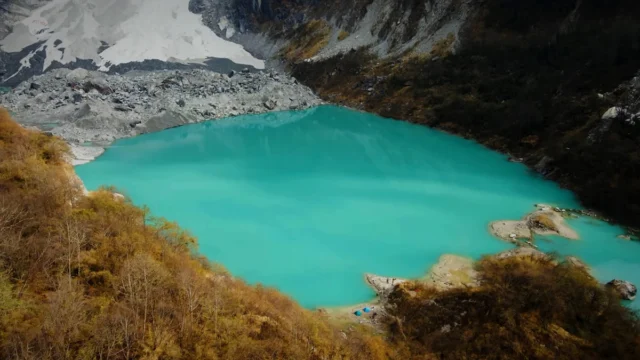In Batulechaur, located in Kusma Municipality-12, Parbat, a new tourism infrastructure worth NPR 15 million has been constructed, enhancing its appeal as a religious and tourist destination. These developments have been funded by the federal, provincial, and local governments in the past fiscal year to accommodate the growing number of devotees and both domestic and international tourists visiting the area.
Batulechaur is home to the revered Kalika Bhagwati Temple and a towering statue of Lord Shiva. Ganesh Paudel, the chairman of the Batulechaur Kalika Bhagwati Temple Area Development Committee, stated that the infrastructure upgrades aim to make the site more attractive and accessible for visitors.
Among the new additions is the construction of over 108 resting places (chautaris) made from banyan and pipal trees, supported by community partnerships. Each chautari has been built by individuals or families for NPR 10,000 each, and currently, there are 124 chautaris in total. The site is especially popular during the Shani Trayodashi festival when devotees come to circle the 108 pipal trees and offer prayers.
Additionally, a community rest house (sattal) and a senior citizens’ day center have been constructed within the temple premises. These facilities were built with a budget of NPR 9.9 million provided by the Urban Development and Building Division Office. Further contributions of NPR 2.5 million from the Gandaki Provincial Government and NPR 1 million from Kusma Municipality have supported these developments. An additional NPR 2 million has been allocated for ongoing infrastructure improvements in the current fiscal year.
A tall statue of Lord Shiva has also been erected, and attractive entry gates have been constructed on both the eastern and western sides of the Batulechaur temple. Moreover, pathways and platforms have been built to facilitate easy access to the temple, the pipal chautaris, and the newly constructed entrance gates.
Located 12 kilometers from the district headquarters in Kusma Bazaar, Batulechaur has seen a significant increase in visitors over the past few years. The area is not only frequented by devotees but has also become a popular spot for tourists and filmmakers. Homestays and hotels have expanded to accommodate the rising number of visitors. According to local resident Yugnath Paudel, Batulechaur is evolving into a prominent religious and tourist destination.
The site is steeped in legend, with stories of King Dasharatha performing the Ashwamedha Yajna here to atone for killing his nephew Shravana Kumar. The area, believed to be the meditation site of Sage Bhrigu, has also been a victim of theft due to a lack of preservation efforts. Despite the historical structures dating back 200 years, regular worship at the current temple only began after local priest Kritinath Upadhyay constructed it in 1913 AD.
Batulechaur hosts grand fairs during festivals like Dashain, Chaitra Ashtami, Bala Chaturdashi, and Shivaratri, attracting devotees from nearby areas, including Kusma and Phalewas municipalities, Modi Rural Municipality, and neighboring districts such as Syangja. Visitors can enjoy panoramic views of Parbat district headquarters, Baglung, Myagdi, and Syangja, along with the Annapurna, Dhaulagiri, and Machhapuchhre mountain ranges.
To further promote Batulechaur, the second Batulechaur Teej Fair will be held this year on September 5th, coinciding with the Haritalika Teej festival. The event, jointly organized by the Batulechaur Kalika Bhagwati Temple Area Development Committee and the local Thulipokhari Ward Office, will feature a traditional Teej song competition, school and open dance competitions, and performances by national and local artists.
